5 Common myths about Graphic design
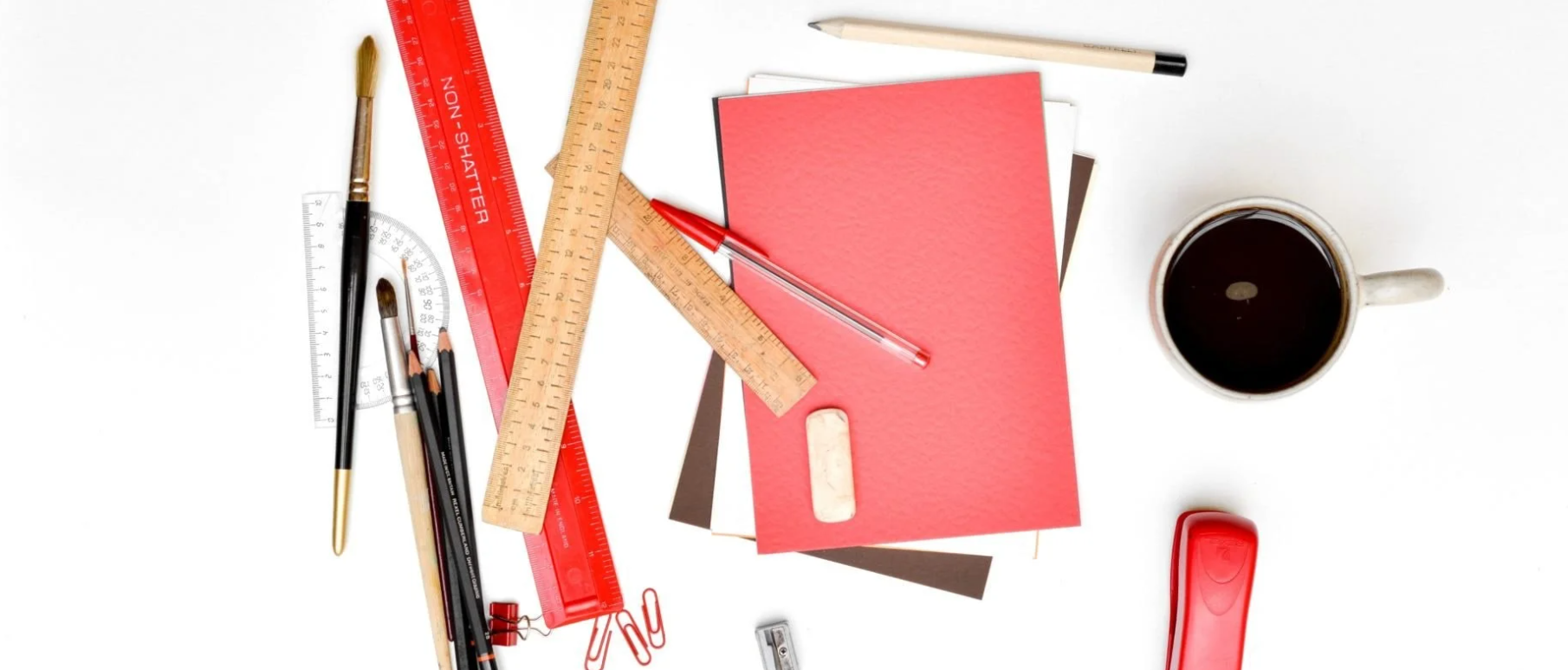
1. Graphic design is just about creating logos
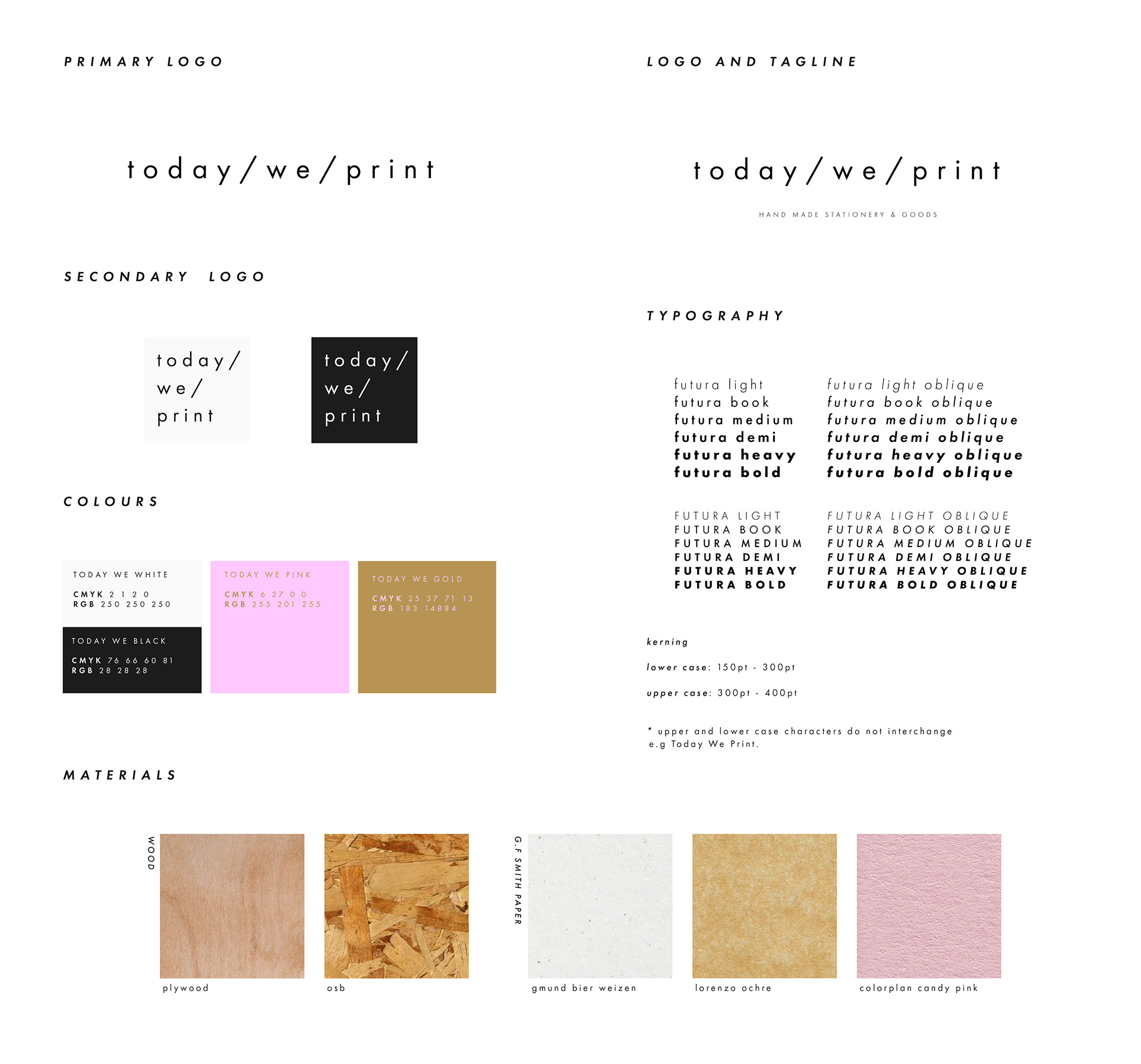
Logos are an important graphic design asset for any business. They become an emblem of your company, which people will come to identify with your brand values(opens in a new tab or window) and what you offer.
You only need to look at the Nike swoosh accompanied with ‘Just Do It’ or the McDonald's’ golden M to see this in action.
Graphic design isn’t solely about creating logos. Graphic design is the art of creating visual content to communicate a certain message. This can be applied to a vast array of mediums—whether that’s posters, magazine spreads, album covers, infographics brand presentations—the list goes on! Design tip:
Use your logo as a starting point to inform the rest of your brand kit, including your color palette and typography. These should remain consistent throughout all of your brand assets for a cohesive look
2. Graphic design is only for print mediums

In 2018, graphic design encompasses a wide range of digital mediums, perhaps even more so than print. This includes website banners, social media graphics, and email newsletters. Many graphic designers even find that their roles now cross over with web and UX (user experience design), content creation and social media. Design tip: Whether it’s YouTube channel art, email headers, Facebook covers and blog banners, each web or social media platform uses banners of different sizes(opens in a new tab or window). Using templates in the right dimensions is useful to ensure that your design will fit perfectly and avoid pixelated banners.
The Greyscale Photo Masculine Fitness Facebook Cover(opens in a new tab or window) template is the perfect dimension for a Facebook cover image, which can be used for your brand’s Facebook page or group. Split into two clear sections, you can easily swap the image and brand information out with your own for a perfectly balanced Facebook banner.
3.You need fancy tools for graphic design
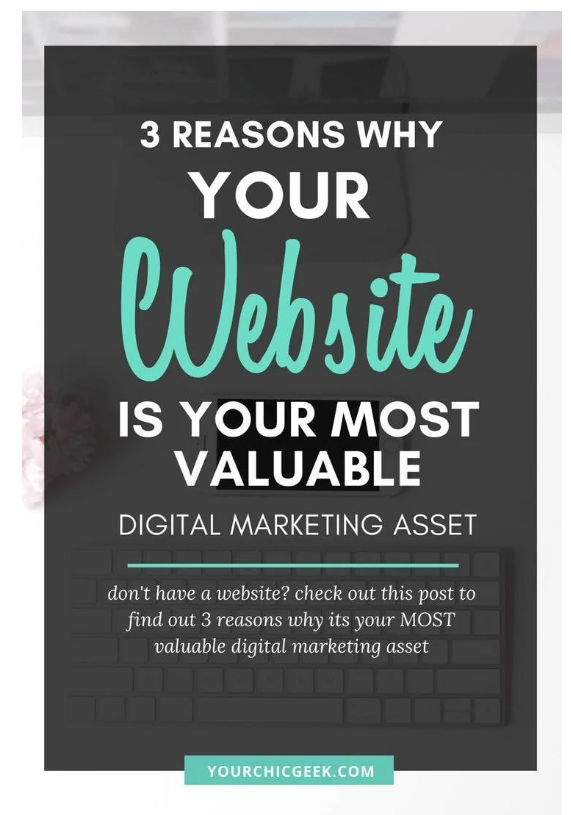
Most professional graphic designers use complex design software and a tablet with a stylus for freehand design elements. While these resources can give designers more freedom with their designs, they can be quite expensive and take years to master. The good news is, the average person doesn’t need to invest in these pricey tools to create graphic design elements.
Design tip: There are many free design tools on the market (including Canva) that make graphic design easy and accessible. Using these tools for every piece of branding collateral will help give your brand an elevated and professional look.
4. Graphic design is just about picking the right font
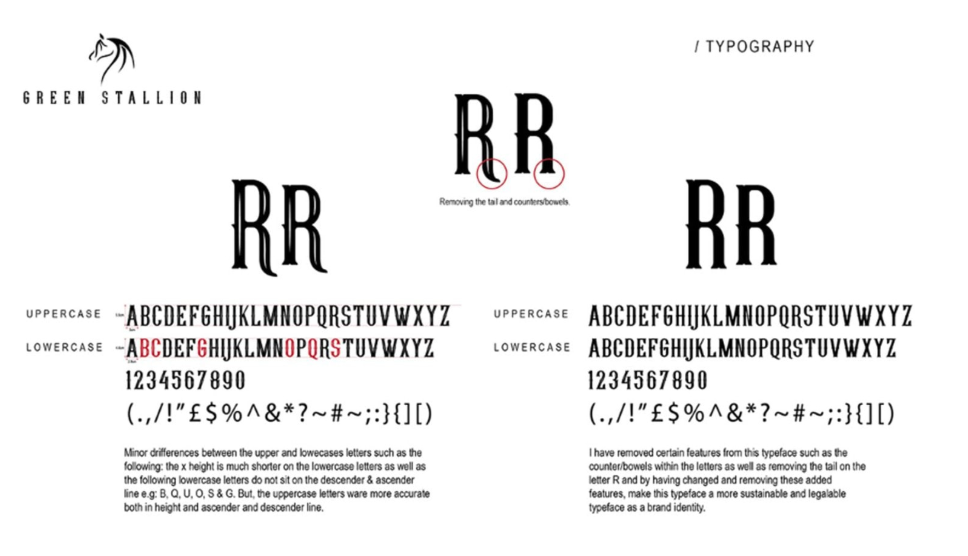
The art of arranging text is one of the key elements of creating beautiful designs. However, this is not simply about choosing a font that looks good. You must consider which font type suits your brand message, values and target demographic.
For example, cursive script tends to compliment brands with a traditional feel, while solid sans serif fonts are more modern. Other considerations involve the combination of fonts on the page, the size, and boldness of the text, the spacing between letters, and the color of the text.
However, typography isn’t the only thing to consider when it comes to graphic design.
It’s all about the interplay between the text and the other elements on the page, including images, graphics, shapes, lines, framing, and white space. In order to create a powerful design, these must all work together in perfect synchronicity.
Design tip: It’s a good idea to make the text the last element you add to your design, so you can ensure your typography compliments the overall design.
5.Graphic design is about following visual trends
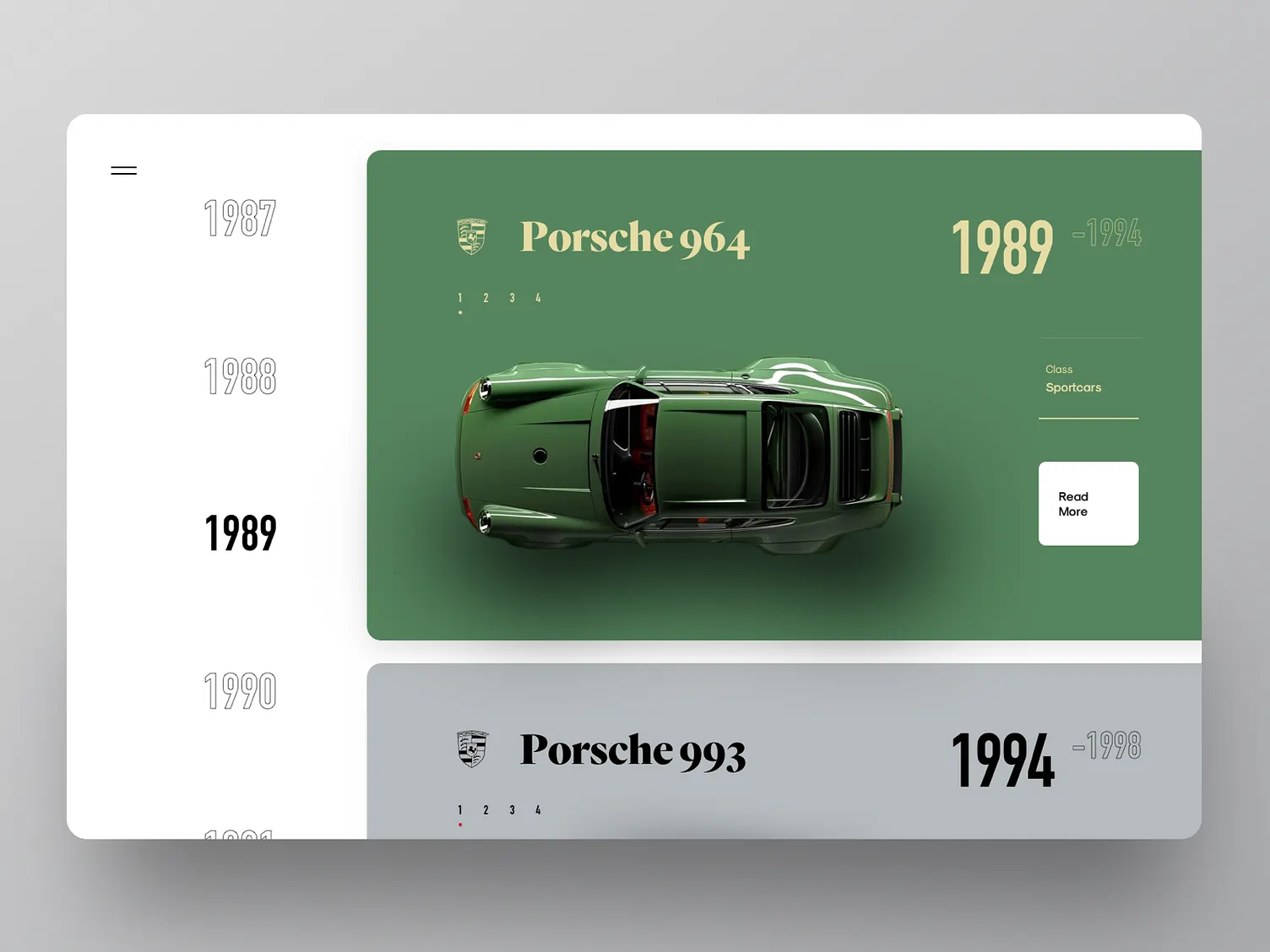
As with any creative industry, trends rapidly come and go in the graphic design world. In 2018, it was all about handwritten fonts, pastel colors, and textures. It’s more than likely that 2019 will bring with it a new crop of visual trends.
It's the job of graphic designers to stay on the pulse of these trends, but not be a slave to them. The same can be applied to beginners who are creating graphic design assets for their own business.
Trends can be fun to incorporate into your designs, but they shouldn’t be the main focus. Designs that incorporate fleeting trends can easily look dated a few months down the track, meaning they will no longer have a powerful impact on their audience.
Design tip: For graphic design materials that will only be used for a certain amount of time (for example, social media graphics or event invitations) it’s fine to play with new trends. However, for collateral that will be used indefinitely, like your brand logo, it’s a good idea to stick to timeless design elements.






